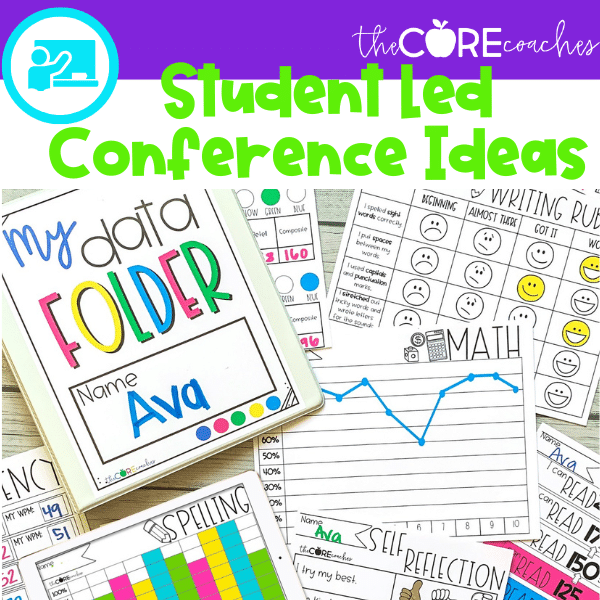We all know that as educators our role in the classroom goes beyond teaching students to read and write or add and subtract. While academics are essential to an effective classroom they cannot be reached without first creating an inclusive classroom.
While there are many ways to create a welcoming classroom environment one way teachers often do this is through reading. Through storytelling, educators can help students learn important life skills and lessons.
The impact that reading can have on helping students learn important lessons is why we are so passionate about the books we choose to create read aloud lesson plans for. One of the books we are particularly passionate about is The Invisible Boy by Trudy Ludwig.
Keep reading as we share why we love this book so much and how you can teach this amazing book in your class!
What’s The Theme Of The Invisible Boy?
The Invisible Boy is a wonderful book that teaches students about how to embrace each of their unique qualities. In addition to the primary theme of acceptance, the book also teaches important lessons about friendship and kindness.
Your students will learn about these important lessons through a carefully crafted story about a boy named Brian. Brian is a quiet and shy boy who often goes unnoticed by his peers and teachers. However, when a new student named Justin arrives in class, Brian finds a potential friend.
Justin is the only one who truly sees Brian, and they form a connection through their shared love of art. As Justin and Brian’s friendship grows, so does Brian’s confidence. This new level of confidence helps him create more connections with other kids at school.
Brian’s story is a powerful reminder to young readers about the significance of kindness and inclusion. Moreover, it illustrates how a small act of reaching out can make a big difference in someone’s life.
What Grade is The Invisible Boy for?
The story of Brian is one that many young kids can relate to, which makes The Invisible Boy an excellent book for kids of all ages. However, when looking at it from a teaching perspective we have found it to be most effective in first and second grades.
First and second grade students are at a wonderful age where they can understand how Brian feels and relate to the need to be accepted. Furthermore, the book lends itself to reading activities that nicely align with where first and second-grade students are developmentally.
Let’s take a look at some of the read aloud activities you can use with this book in your first or second grade classroom.
What are Some Comprehension Questions in The Invisible Boy?
When choosing a book to read with your students it is important to consider what types of questions you can ask while reading the book. With any book, there are three types of questions that you specifically want to consider, or rather, three levels of questions.
Level 1 Comprehension Questions
Level 1 comprehension questions are important for helping students demonstrate their basic understanding of what the story is about. These are questions that can be explicitly answered using the text.
While we don’t want students to stay at level 1 questions, they are an important starting point because they show that students understand who and what the story is about. In addition, these types of questions can be used to engage students in awareness of the book as a whole.
Here are some of the Level 1 Comprehension Questions that we created for The Invisible Boy:
- What is the Title of the Story?
- Does the title give us clues about what the story is about?
- Who is the author?
- Who is the illustrator?
- What is the story about?
- Who are the characters?
Level 2 Comprehension Questions
Once students have a literal understanding of the story it is time to move them into more complex questions. This next level of questioning invites students to explore the story further by explaining the “how” and “why” behind events. These types of questions also ask students to begin to read between the lines or infer while reading.
Below are some examples of level 2 comprehension questions that you will find in the read aloud for The Invisible Boy. We have divided these questions into two categories: character feelings and craft and structure.
- How does Brian feel at the beginning of the story? Why? What is happening?
- Why is lunchtime Brian’s least favorite part of the day?
- How does Brian feel at the end of the story?
- What can you learn from the illustrations of the characters at the beginning of the story? Middle of the story? End of the story?
Level 3 Comprehension Questions
The final type of questioning is level 3 comprehension questions. Level 3 Comprehension Questions continue to ask students to infer. Moreover, these questions also invite students to further explore the meaning of illustrations, in addition to words.
These are a few of the level 3 questions we created for you to use with our read aloud for The Invisible Boy:
- What do the illustrations at the beginning teach us about Brian and how he is feeling?
- What does Brain feel after he isn’t chosen? How do you know?
- What do the words on the page where Brian is waiting to get picked for kickball tell you?
Read Aloud Activities for The Invisible Boy
Comprehension questions are an essential part of any effective read aloud. However, they are not the only way to have students explore a text. Moreover, they are not the only way to have students demonstrate comprehension.
To further support each student in their understanding of (and connection to) this powerful book, we created several additional reading activities.
Here are some of the additional reading activities you will find in our read aloud.
- Comic strip
- Model writing
- Retelling puppets
- Vocabulary
These additional activities not only help students explore essential things like vocabulary and writing but also engage students through different modes of learning. The retelling puppets are especially great for your students who are artistic and do better telling stories (rather than writing them)!
Conclusion
One of our favorite things about first and second grades is the amazing books that can be used to teach students important lessons. As you can see, The Invisible Boy is one of those amazing books!
We hope you and your students will enjoy reading this book and exploring the importance of of kindness, friendship, and acceptance with the help our our read aloud.





